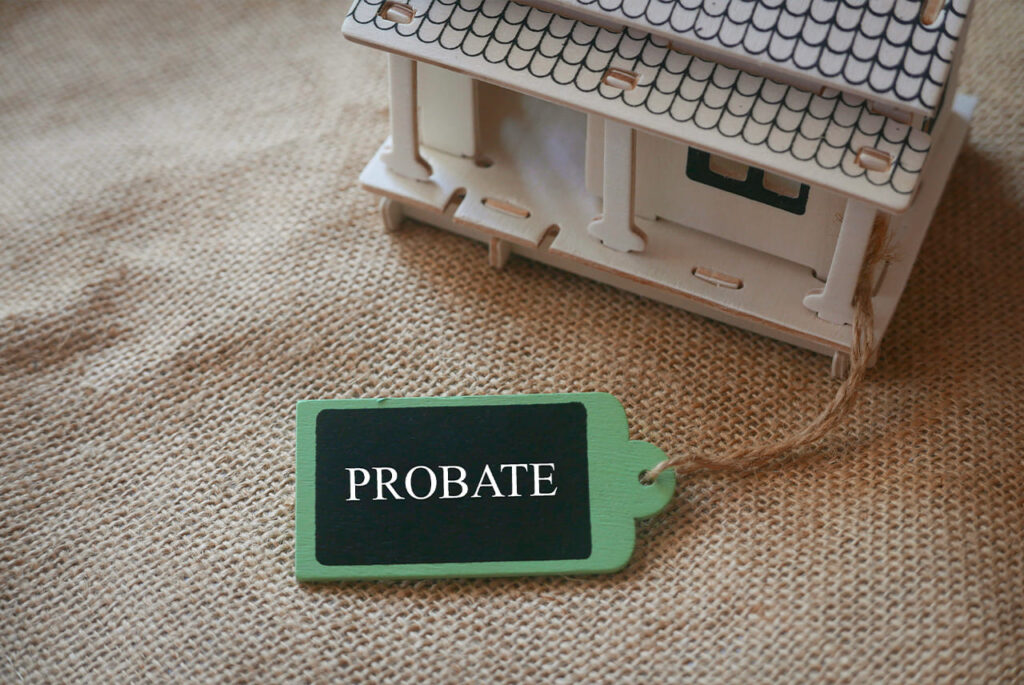When crafting an estate plan, particularly when minor children are involved, the financial well-being of the young beneficiaries is a primary concern. While guardians play a crucial role in the upbringing of children, the management of inherited wealth demands a nuanced approach. This legal blog explores the delicate balance between appointing guardians and trustees, the potential conflicts that may arise, and the pivotal role of a trust protector in resolving disputes to ensure the sound financial future of minor children.

Guardians: Nurturing Care and Decision-Making
Guardianship involves not only the physical well-being of minor children but also decisions related to their education, healthcare, and day-to-day lives. However, entrusting guardians with the management of significant wealth requires careful consideration, as their primary focus is on the children’s immediate needs rather than long-term financial strategy.
Trustees: Stewardship of Wealth for the Future
Appointing separate trustees to oversee the financial aspect of a minor’s inheritance introduces a layer of expertise in wealth management. Trustees are responsible for investments, distributions, and ensuring that the inherited wealth grows to support the children’s future needs, such as education, homeownership, or entrepreneurial pursuits.
Potential Conflicts: Balancing Responsibilities
The dual roles of guardians and trustees can potentially lead to conflicts. Guardians may seek immediate financial support for the children, while trustees may prioritize long-term growth and preservation of the wealth. Striking the right balance becomes crucial to avoid disagreements that could impact the well-being of the minors.
Enter the Trust Protector: A Safeguard Against Conflicts
To address potential conflicts, the role of a trust protector becomes instrumental. A trust protector is an independent third party appointed to oversee the trust’s administration, with the authority to intervene in case of disputes between guardians and trustees. This ensures an impartial perspective and timely resolution in the best interests of the minor beneficiaries.
Careful Drafting: Crafting a Cohesive Plan
The key to a successful estate plan lies in careful drafting. Clearly defining the roles and responsibilities of guardians, trustees, and trust protectors is essential. Specific provisions outlining how conflicts will be resolved and the criteria for the trust protector’s intervention provide a roadmap for cohesive administration.
The Importance of Communication: Fostering Collaboration
Open lines of communication among all parties involved are paramount. Regular meetings, clear reporting mechanisms, and a shared understanding of the ultimate goals for the minors’ well-being foster collaboration and mitigate the risk of conflicts.
A Harmonious Approach to Financial Guardianship
Navigating the interplay between guardians, trustees, and trust protectors is a delicate art. Achieving a harmonious approach requires thoughtful consideration, careful drafting, and a commitment to the best interests of the minor beneficiaries. By balancing immediate needs with long-term financial strategy and introducing an independent trust protector, estate planners can create a comprehensive framework that ensures the sound financial future of minor children, even in the face of potential conflicts.


